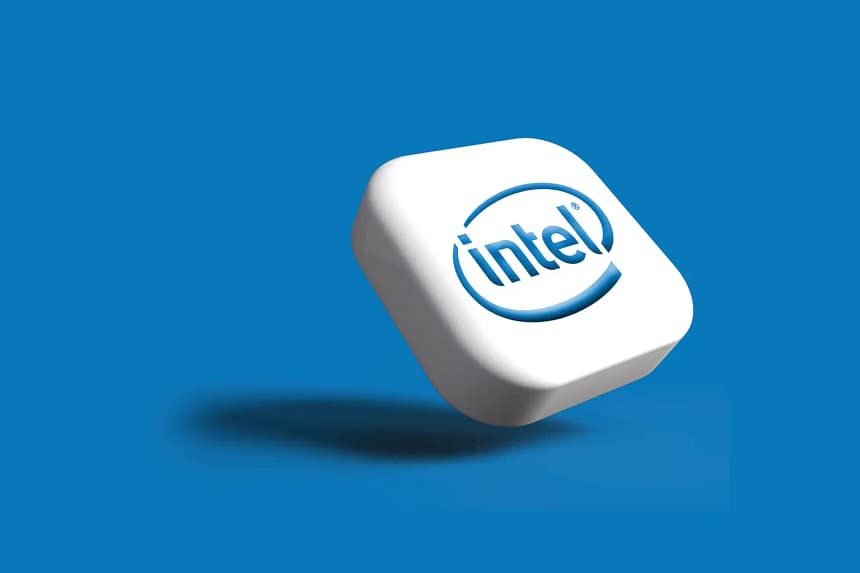Intel is placing significant bets on its next-generation chip production technology, known as 18A, which it believes can help reclaim ground lost to rivals like TSMC. The 18A process marks a key step in Intel’s return to in-house manufacturing of its own processors—starting with its upcoming Series 3 Core Ultra chips for laptops (codenamed Panther Lake). Unlike current Core Ultra models, which are partially produced by TSMC, Panther Lake will be built entirely using Intel’s 18A process. The company also plans to make this new node available to external clients, aligning with the broader vision laid out by former CEO Pat Gelsinger to transform Intel into a competitive and US-centric chip foundry for third parties.
However, a recent Reuters investigation suggests that Intel is facing significant production hurdles. Citing individuals familiar with the company’s test data since late 2024, the report claims only about 10% of chips produced using 18Aare meeting internal quality standards. While Intel’s CFO, David Zinsner, pushed back on these figures—stating the yields are higher—he did not provide specific numbers to clarify.
This isn’t the first time Intel has faced such challenges. The company has a history of delays and yield issues, notably during the rollout of its 14nm process beginning in 2013. Although Intel eventually transitioned its product lines to 14nm by late 2015, it remained stuck on that node for several years, impacting laptops until 2020 and desktops until 2022.
Intel’s public stance has often remained optimistic in the face of production troubles—reassuring stakeholders that development was on track while leaving room for subtle timeline shifts. Regarding 18A, the company maintains that Panther Lake is still scheduled for release in the second half of 2025, with more chips following in 2026.
Meanwhile, Intel’s broader performance in 2025 has been turbulent. The company reported a Q2 loss of $2.9 billion, adding to its $18.8 billion loss in 2024. Much of this financial strain stems from new CEO Lip-Bu Tan’s aggressive restructuring, which includes widespread layoffs. In Oregon alone, Intel recently laid off 2,400 employees, part of a wider plan that may eliminate up to 24,000 jobs globally.
Construction of Intel’s new Ohio facility is continuing, albeit slowly, while plans for new sites in Germany and Poland have been scrapped. The company has also exited the automotive sector, spun off its RealSense division, and remained silent on its Arc GPU line, which hasn’t seen a new product launch since January.
In a more hands-on leadership style, Tan now personally approves all major chip designs before production begins—a move aimed at cutting costs and streamlining execution. This change has already led to the return of Hyper-Threadingin upcoming server chips. One of Gelsinger’s legacy projects—the offering of 18A and 14A nodes to external clients—remains in place, though Tan has indicated that further investment in 14A will depend entirely on confirmed client demand.
As Tan put it in a recent message to employees, “There are no more blank checks. Every investment must make economic sense.“








